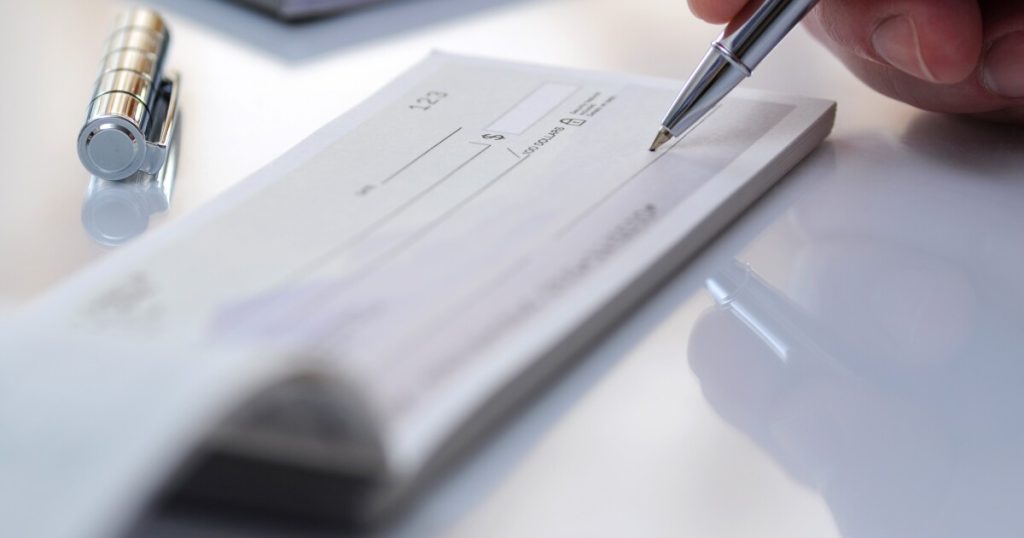President Donald Trump’s recent order to the Treasury Department to stop issuing paper checks for federal disbursements paves the way for banks to try to curtail paper check use among customers.
Paper check use has been dropping, according to Federal Reserve data, but banks have many incentives, including fraud concerns, to further chip away at their usage. A 2024
“Now might be the right time to revisit [phasing out] checks when there are more electronic options than ever before that provide very clear benefits to all parties involved,” Bob Meara, a principal analyst with Celent’s banking practice, told American Banker.
Given the high potential for fraud and other costs associated with paper checks, here are several ways banks can reduce customers’ reliance:
Raise customer awareness
Education is especially important since consumers and small businesses don’t always realize the additional fraud risks associated with paper checks or recognize the efficiencies of using faster, more secure alternatives.
To help in these efforts, the American Bankers Association in October launched its #PracticeSafeChecks campaign to educate consumers, which includes encouraging them to use digital banking options, when possible, to send money.
Small businesses also need education about the advantages of ACH or
Offer options and incentives
Notably, a 2024
Some of these businesses could be convinced to accept other payment methods without the businesses having to exert much effort. For instance, some banks, including TD Bank and JPMorganChase, offer invoicing services to small-business customers. Through these services, businesses can direct customers to pay by options such as credit card, debit card or ACH.
Simply including an electronic payment link on invoices can be an effective strategy to encourage customers to pay via an electronic method, Ian Benton, a senior analyst who focuses on small-business banking for Javelin Strategy & Research, told American Banker.
Banks could also consider offering promotions to encourage customers to use alternative payment channels. For example, a bank might allow business checking account users to send a certain number of free electronic transactions a month, Benton said.
For consumers, banks might offer an incentive such as a $20 one-time credit for setting up online bill pay, said Paul Benda, executive vice president of risk, fraud and cybersecurity at the ABA.
Make the business case for change
Many businesses continue to use checks because of the familiarity. Erika Baumann, director of commercial banking and payments at Datos Insights, frequently hears from businesses that they want to better understand the practical implications of switching to electronic payments. “They want to be able to know how to utilize these things, not just that they exist,” she said. “That’s the real way to move the needle.”
Melio still mails millions of paper checks to customers who insist. But the company also sends these customers an email alerting them that a check was sent and when it’s expected to arrive. The company also invites customers who want to get paid faster to opt in to real-time payments. That’s one example of how to convince a payee to change a behavior, Bar said.
Consider other measures
Some banks are making a more concerted effort to limit check fraud for customers who insist on paper checks. They are telling customers that if they don’t sign up for Positive Pay or Payee Positive Pay the business will absorb some of the risk if checks are stolen, altered or lost, Benda told American Banker. “Check fraud is worse than it’s been in the past,” he added.
Banks could also explore changing the monthly fees for a business checking account, making checks a less ideal option, compared with ACH or real-time payments, Meara said.
Banks have to walk a fine line, however. If their anti-check measures are seen by customers as too harsh, there could be pushback. When digital banking was still in the early stages, some banks tried to charge for teller-based transactions to encourage consumers to use digital channels, Meara said. “That blew up in their face instantly.”

